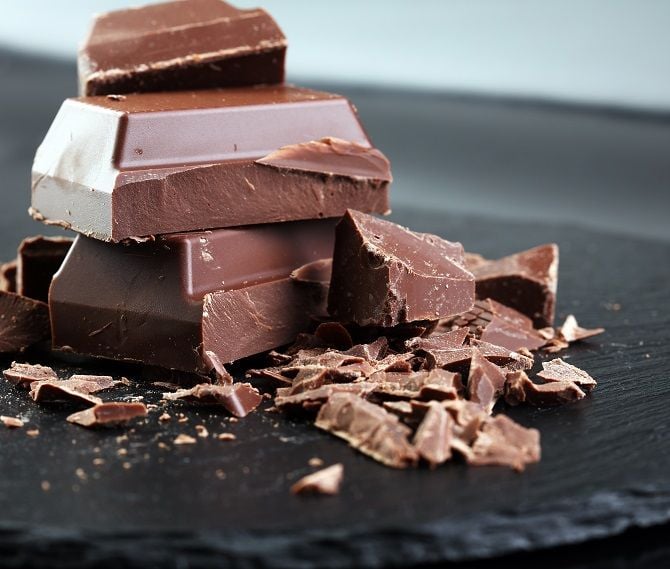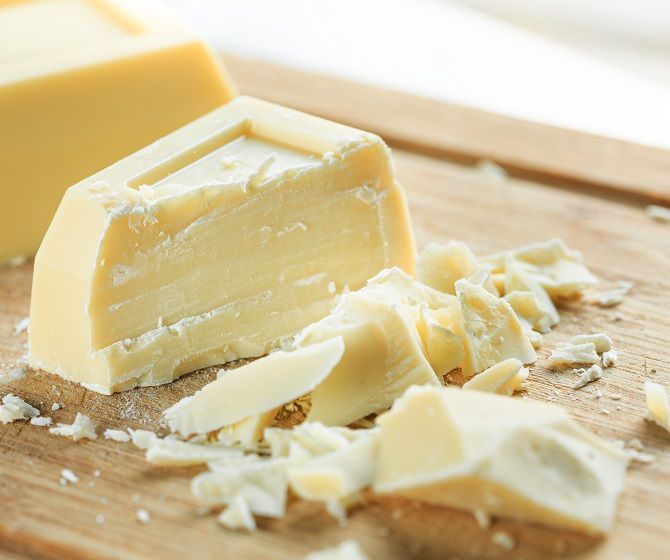By Gemma Sampson
New Alcohol Guidelines Explained
Our resident dietitian Gemma Sampson assesses the government's new alcohol guidelines.
Earlier this year, the government changed its recommendations regarding how much alcohol it's safe for us to drink. Here, dietitian Gemma Sampson offers her expert assessment of what this means.
How Have the Guidelines Changed?
The new advice says that both men and women should drink less than 14 units a week. That's about six pints of beer, seven small (175ml) glasses of wine, five pints of cider or fourteen 25ml shots of spirit.
The old guidelines gave daily limits while the new guidelines have changed to weekly drinking limits and advise non-drinking days to get away from the idea that it's okay to drink every day. Although it certainly doesn't mean save all your drinks to the weekend! Men used to have a higher allowance, but this has been dropped so it's the same for men and women, and pregnant women are advised that it's best not to drink at all.
What Does This Mean in Context?
The new guidelines have taken into account new evidence, and taken a deeper look at previous research into the relationship between drinking alcohol and the risk of developing cancer. They found that the relationship between drinking alcohol and the risk of developing cancer was stronger than previously thought, which is why they've made some changes.
When it comes to drinking alcohol, it's good to be aware that risk and cause are two different things. Risk means that you are more likely to develop something if you do it regularly, while a cause means you will develop something if you do it regularly.
So, if you do drink more than 14 units of alcohol a week it won't cause you to develop cancer as a once off, but it will increase your risk. Particularly if it's a regular weekend occurrence. This is why they lowered the guidelines - to demonstrate that drinking large quantities of alcohol on a regular, weekly basis can have negative health effects.
How Worried Should You Be?
Unless you're drinking heavily night after night, week in, week out, there's no need to be overly alarmed. If the research showed that drinking any amount of alcohol resulted in cancer being developed, then the guidelines would be much stricter or even advise against drinking altogether!
Most people will at least occasionally drink more than the recommended amounts, so it's about being aware of how often and how much you drink and thinking about ways to cut back just a bit for your overall health.
The campaign by charity Drink Aware ‘ have a little less, feel a lot better is a great example of this. It's not advocating an unrealistic message that everyone should go teetotal and stop drinking alcohol altogether, because we all know that isn't going to work on a Friday night out with your mates! It's about looking at changes you can make to drink a little less throughout the week or on the weekends without feeling deprived or socially isolated.
What Does Alcohol Do To Your Weight?
Alcohol is very energy dense - much more than people realise. Each gram of alcohol contains seven calories - almost the same as pure fat which has 9 calories per gram! These are empty calories as alcohol contains virtually no nutritional value.
A small (175ml) glass of wine (red or white - there's little difference) contains around 160 calories. Opting for a large glass of wine (that's 250ml) is 220 calories - providing you don't have a heavy pouring hand.
A heavy night out on the weekend could easily provide 1000 calories from alcohol. And that's not including the drunken chippy or kebab stop on the way home. Drinking 14 units a week can easily equate to half a day's extra energy across the week which over time can result in weight gain or write off any time you spent training in the gym.
Can You Out-run a Beer Belly?
Most people would associate beer as being particularly calorific thanks to the beer belly, but forget that other alcoholic drinks can be just as energy dense. While it could be possible to burn off the amount you drink through exercise, it's often a lot more exercise than you think. Particularly if you then eat more high fat or sugar foods during and after a night out.
According to Drink Aware, a typical man would need to run on a treadmill for 13 minutes, cycle for 15 minutes or swim for 20 minutes to burn off the 180 calories found in a standard (4%) pint. However, this is not a hard and fast rule because each individual will burn energy at a different rate depending on their weight, body shape and composition.
How to Limit Your Alcohol Intake
Cutting back on your alcohol intake doesn't mean you have to socially isolate yourself. Bars and clubs are becoming more conscious of people who choose not to drink alcohol while visiting their establishments and are offering more non-alcoholic options.
Sip on a mocktail and your friends won't even notice the difference in the drink in your hand. It also helps to avoid getting involved in rounds on a night out and aim for at least two alcohol free nights a week. Both your liver and your wallet will thank you for that!
Appearances are deceiving. Research has shown time and time again that the shape and size of a glass can influence the amount you pour and thus amount you drink.
You're more likely to pour more into a short wide glass than a tall glass, and replacing those enormous wine goblets at home for smaller glasses will result in you unknowingly pouring less into them.
So, Are the Guidelines Taking the P*ss?
For some people who drink regularly, it may seem so. If you do drink more than the guidelines then it's not the end of the world, but it may be something you want to think about how you could make some changes. Like Drink Aware say, drinking a little bit less will have you feeling a whole lot better in the long run without feeling left out.
Gemma Sampson is a dietitian specialising in sports nutrition, and has experience in a wide variety of clinical roles helping people with conditions including coeliac disease, malnutrition and cancer. Gemma's passion for helping others achieve a healthier lifestyle led her to found Dietitian without Borders a site born out of her love for travel, nutrition, food and sport.
Share Your Views
Have you been looking at ways to cut down your alcohol intake? Perhaps you've come up with a plan to help you drink less on a night out. Whatever your thoughts on the new guidelines, why not visit us on Facebook and let us know what you think?
Further Reading
https://www.drinkaware.co.uk/Wansink, B Koert van Ittersum (2006). Amount of alcohol poured: comparative study of effect of practice and concentration. British Medical Journal, 331(7531), 1512-1514
Most popular
Related articles

Is milk chocolate good for you?

Is white chocolate good for you?